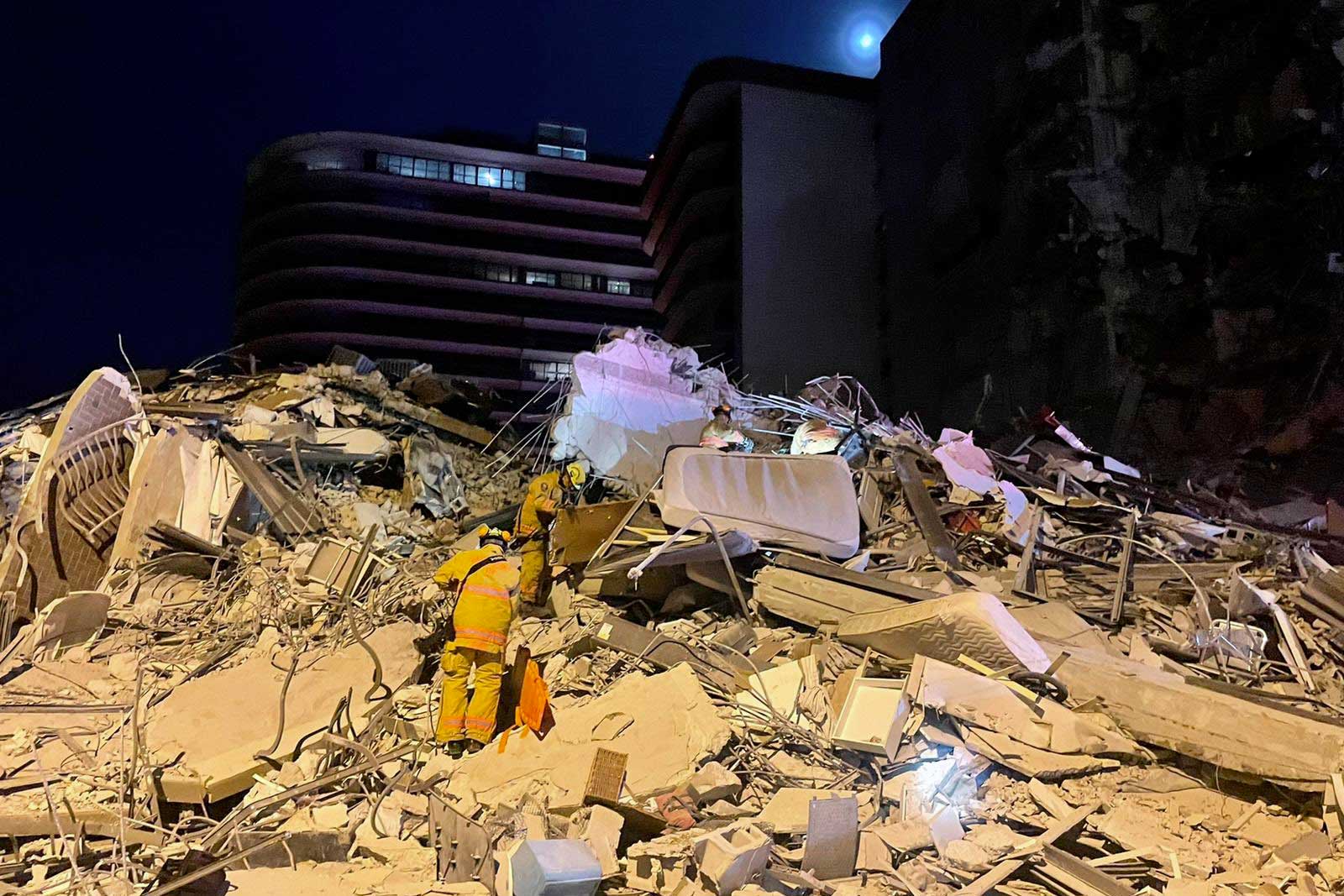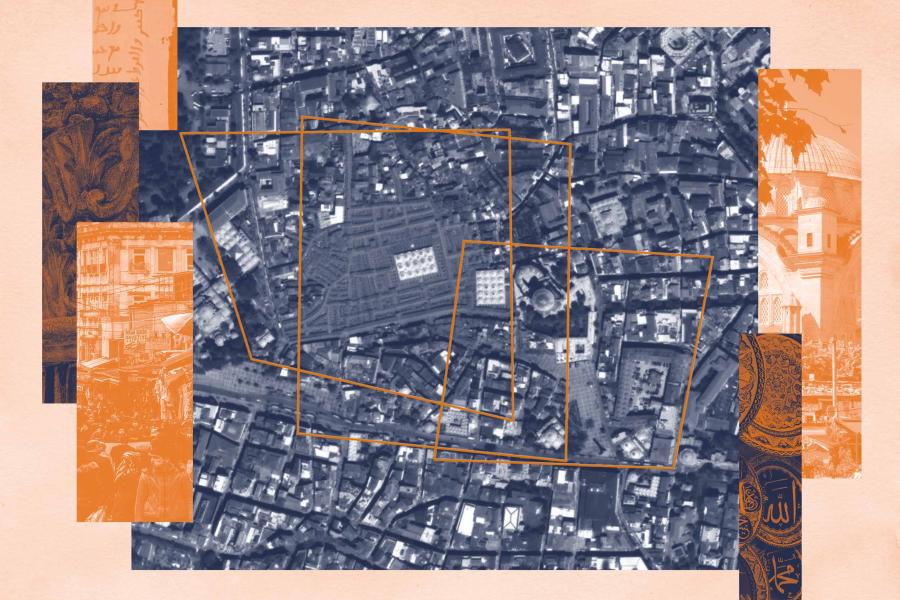In one of the worst building disasters in American history, a condo building in Surfside, Florida collapsed in the early hours of June 24, as most of its residents were sleeping.
The death toll officially stood at 78 on Friday as workers announced they were switching from search and rescue to recovery operations, two weeks after the collapse. Sixty-two residents remain missing as workers continue to comb through the wreckage of the 12-story building.
In addition to bringing tremendous grief, the collapse has raised questions about the structural integrity of older buildings across America and the processes in place to inspect and maintain those buildings and ensure their safety.
We posed some of those questions to University of Virginia engineering professor John R. Scully, chair of the Department of Materials Science and Engineering and co-director of UVA Engineering’s Center for Electrochemical Science and Engineering. His research focuses on the toll of corrosion, which poses danger to both lives and infrastructure.
Here is what he had to say.
Q. You research the science of corrosion. When you watch the news coverage of the Champlain Towers South building, do you have any theories about what went wrong?
A. First, my heart goes out to those who have suffered losses from this tragedy, and to the emergency responders who are working to bring some closure to the families of the dead and missing.
As an outside observer, I would expect the investigation to look at how the condominium was designed, the materials used in the construction and how the building and facilities like the pool were used and maintained.
I suspect the failure resulted from a cascading series of events rather than a single unique point of failure like no other. Even if it is a material’s-centered failure, related to time-dependent, materials degradation (i.e., not as strong as it was 40 years ago), it’s materials coupled with something else such as design and maintenance.
A catastrophic event such as the Surfside collapse occurs because a chronic or acute condition leads to an instability. To offer an analogy from the health field, the condo collapse is like suffering a fatal heart attack. Heart disease and its contributing factors are the chronic conditions that cause cumulative damage to the heart over time. A series of arteries become increasingly blocked until the worst one enables the heart attack.

John R. Scully is chair of the Department of Materials Science and Engineering. (Photo courtesy UVA Engineering)
To complete the analogy, time-dependent environmental cracking and corrosion compose just a few types of outcomes that result from a chronic condition such as environmental ingress of chemical species over time, which could contribute to time-dependent degradation that makes a given element or elements in the building structure weakened or sick from the structural integrity viewpoint.
Q. From your experience, which materials would be the focus of investigators’ attention?
A. The primary materials to consider are concrete and the embedded, pre-stressing or pre and post tensioning steels that allow the concrete to be placed in compression under situations where it would normally be in tension due to design. The concrete can then bear weight, even if some loading is in tension rather than compression. The pre- or post-tensioning steel allows this.
Essentially there are two ways the pre-stressing steel could fail. A loss in a load-bearing, cross-sectional area of the reinforcing steel by corrosion, so that it reaches a condition where it pulls apart under prevailing load. Or, it becomes embrittled and just snaps when the criteria for fracture are met. In either case the concrete alone cannot support the loading nor keep the concrete in compression.
Thinking more about corrosion of these two materials, I would look first for chloride ingress into the concrete. Steel and concrete are pretty happy together until chloride comes between them. It takes many years, but chloride can diffuse through the concrete to reach the embedded steel reinforcing. When chloride comes into contact with the pre-stressing steel, it breaks steel’s own protective oxide film (like a skin) and accelerates corrosion reactions.
One of those corrosion reactions produces hydrogen from water. When the hydrogen atoms are absorbed into the steel, where there is corrosion or pitting for example, the steel becomes embrittled due the interaction between atomic hydrogen in metal. Then a little extra load or a little more hydrogen could cross a critical threshold that can cause rapid fracture.










